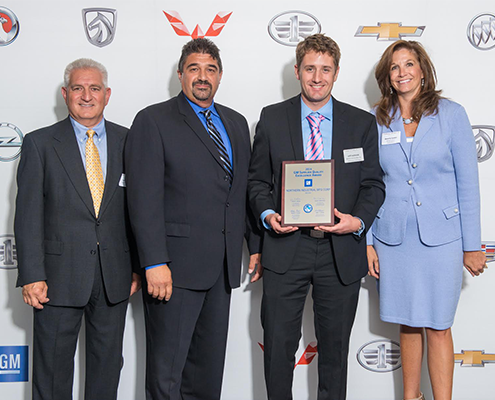Methods of Testing Automotive Part Hardness
Welcome to Northern Industrial Manufacturing’s “Automotive Parts University”! In these quick-read, online articles we educate clients, customers, and anyone who loves all-things-automotive on the ins-and-outs of automotive parts manufacturing.
In this article the manufacturing experts at NIM explain testing the “hardness” of automotive parts.
Hardness is an important property of metal materials and parts where the part is resistant to plastic deformation. There are a couple types of plastic deformation, which means there are a couple types of hardness measurements. So therefore, there are a total of three testing methods for hardness: scratch hardness, indentation hardness, and rebound hardness.
Automotive Parts Scratch Hardness
Scratch hardness is the metal material’s resistance to plastic deformation from scratching or abrasion, especially by sharp objects or tools. It is only possible for harder materials to scratch softer materials. One of the tools used to measure the scratch hardness is the sclerometer. The sclerometer consists of microscopically measuring the width of the scratch made by a diamond scratcher. There are three scales made for the scratch hardness, Moh’s scale, Ridgeway’s scale, and Wooddell’s scale.
Automotive Parts Indentation Hardness
Indentation hardness is the metal material’s resistance to plastic deformation from indentation or compression, especially by sharp objects or tools. The testing method for indentation hardness consists of the tip of a sharp tool, controlled by force or displacement, indenting the material to create a curve. There are a couple of scales used for indentation hardness of metallic materials. These tests that are used for metallic materials are Vickers, Rockwell, and Brinell.
Automotive Parts Rebound Hardness
Rebound hardness is the metal material’s resistance to plastic deformation from “bounces”. These “bounces” are caused by a hammer tipped with diamonds dropped on it from a certain height. The rebound hardness of metal materials is measured by the scleroscope. The scleroscope drops a steel ball from a certain height onto the measured material. The ratio of the impact velocity and rebound velocity, both measured by a magnetic inducer, is used to calculate the hardness. The test scales used for the rebound hardness are the Lee rebound hardness and Bennett hardness tests.
In conclusion, the hardness of metal materials can be determined with several different tests.
Automotive Parts Hardness Testing | Michigan
Northern Industrial Manufacturing is your turnkey partner for even the most challenging projects. Our experts understand which options work best for your specific material and surface finish requirements, and offer the most advanced technologies to meet the needs of your unique project.
We will bring your parts to market on time – with assistance from prototype to volume production – quickly, affordably and efficiently as possible.
Thank you for visiting our blog where we keep customers updated and informed on the latest processes in automotive parts manufacturing!
Please check back often if you would like to learn more about the world of precision thrust washers, selective shims, spacers, and other automotive parts.




